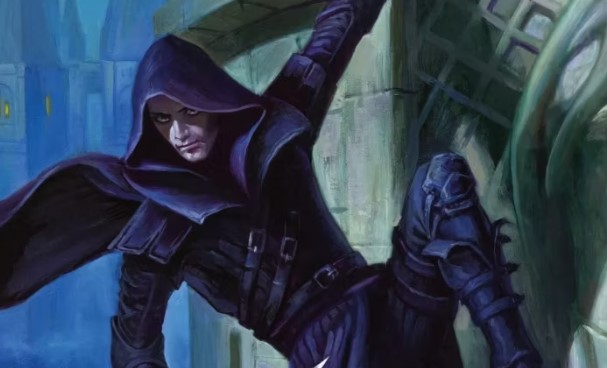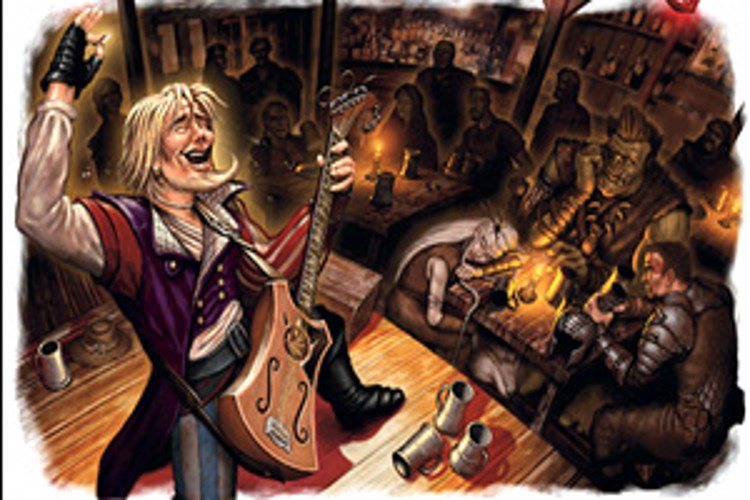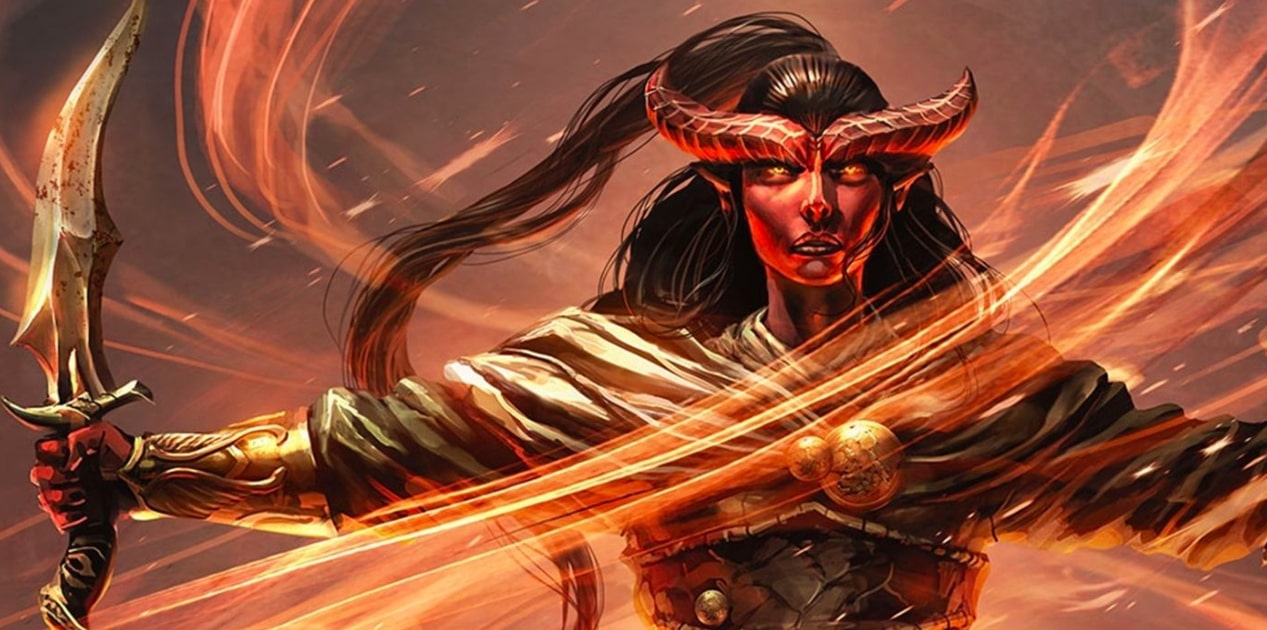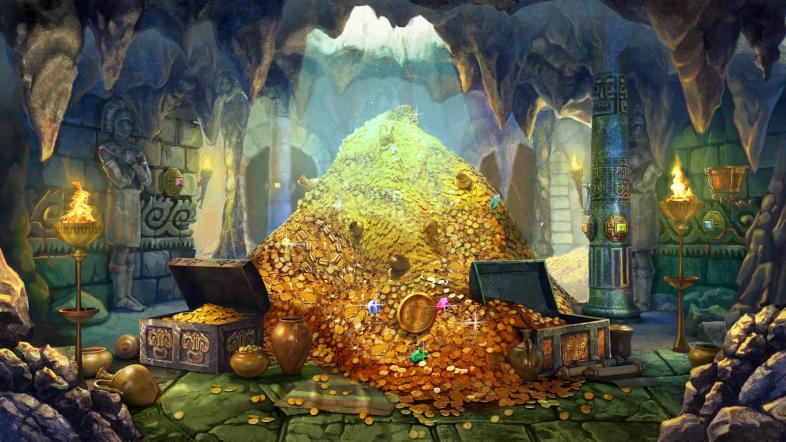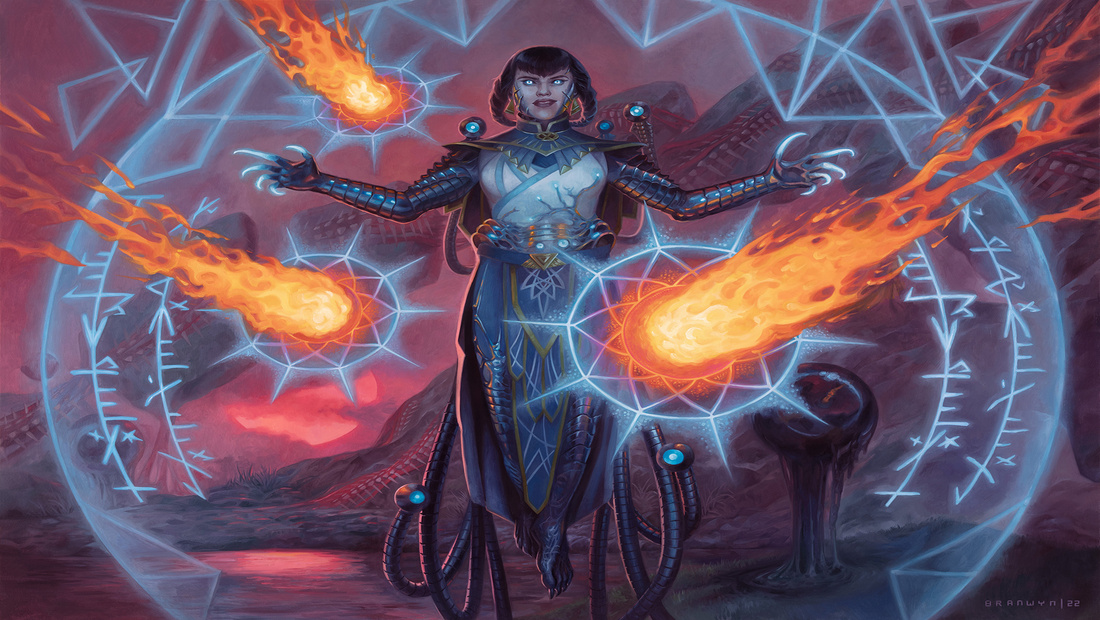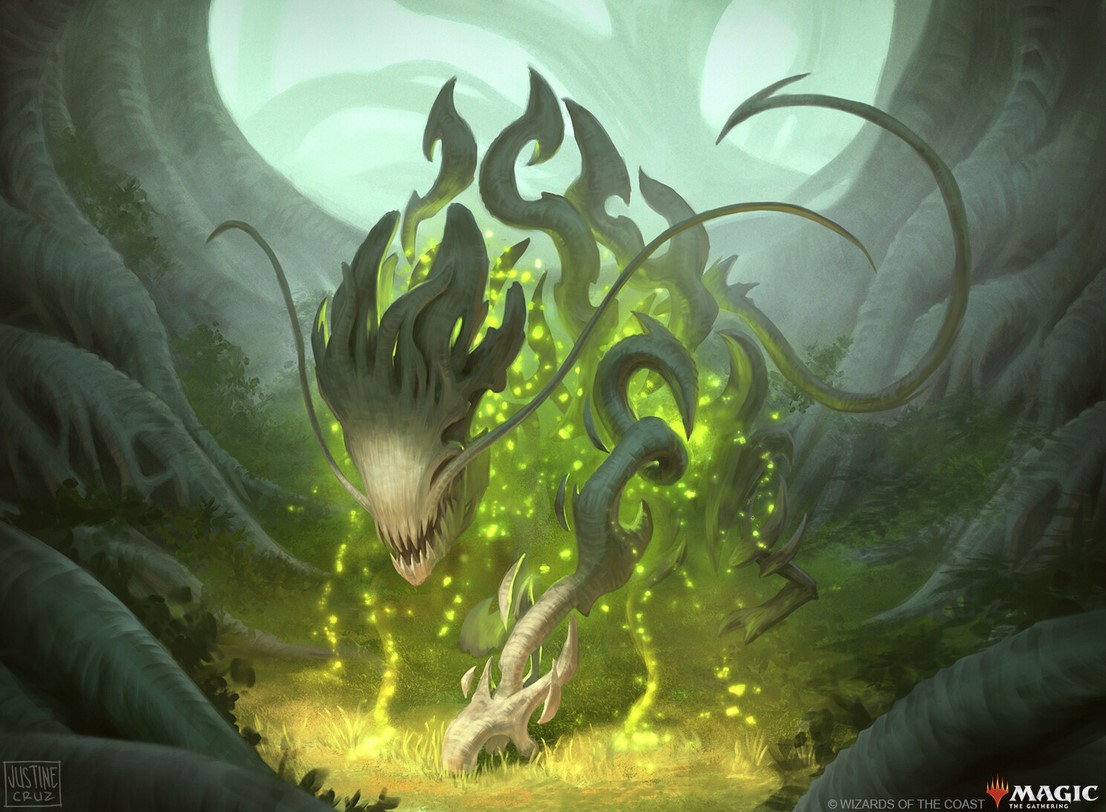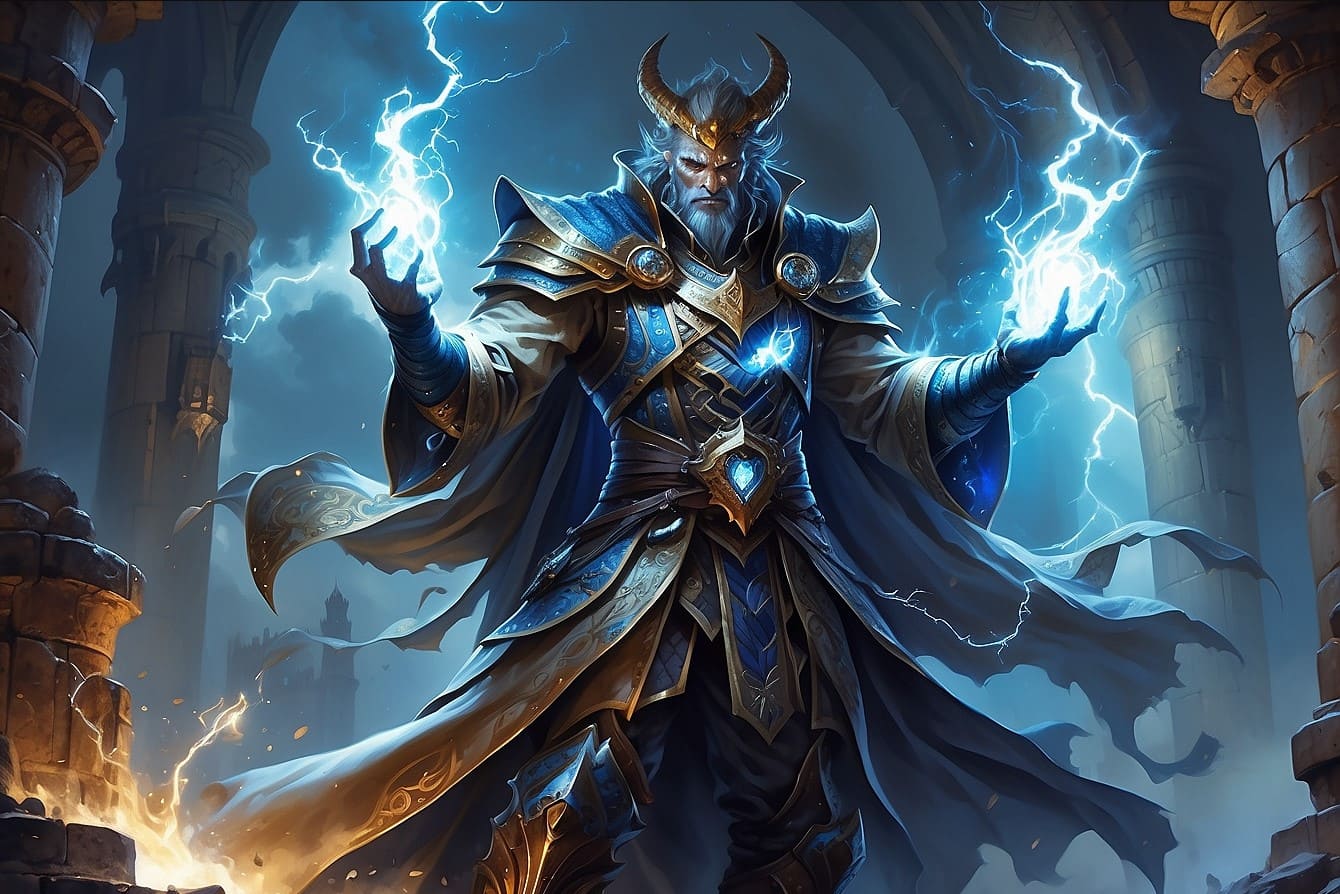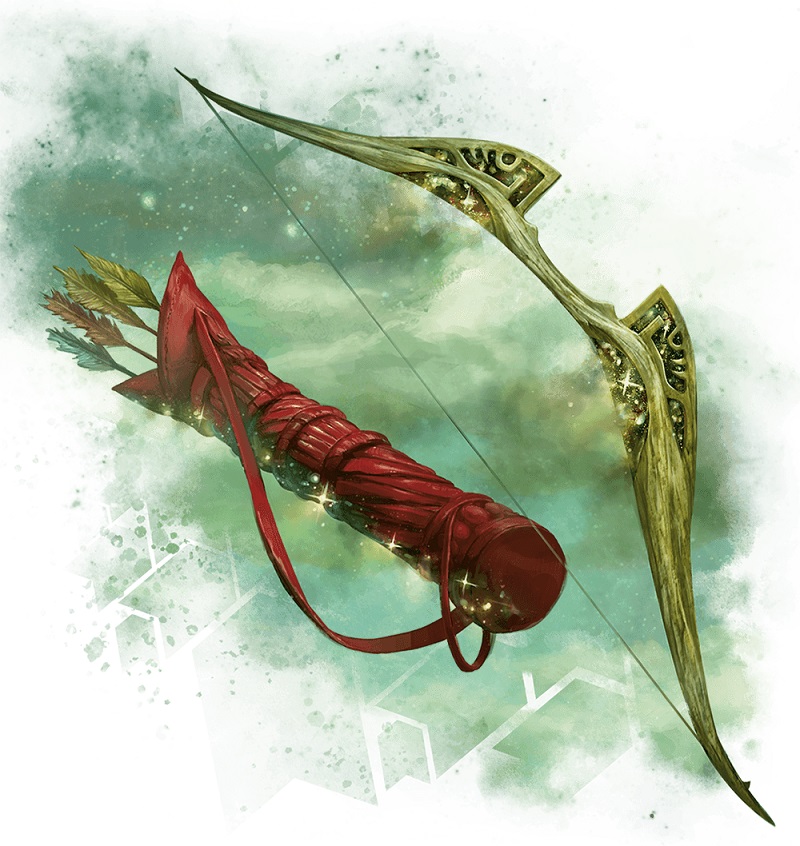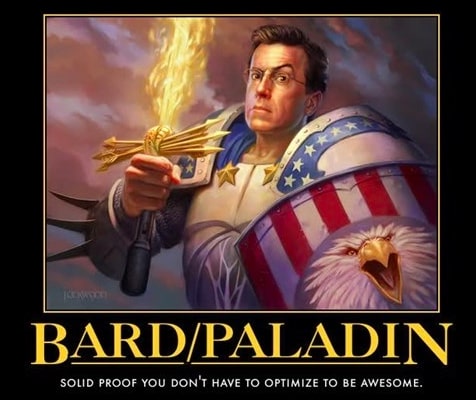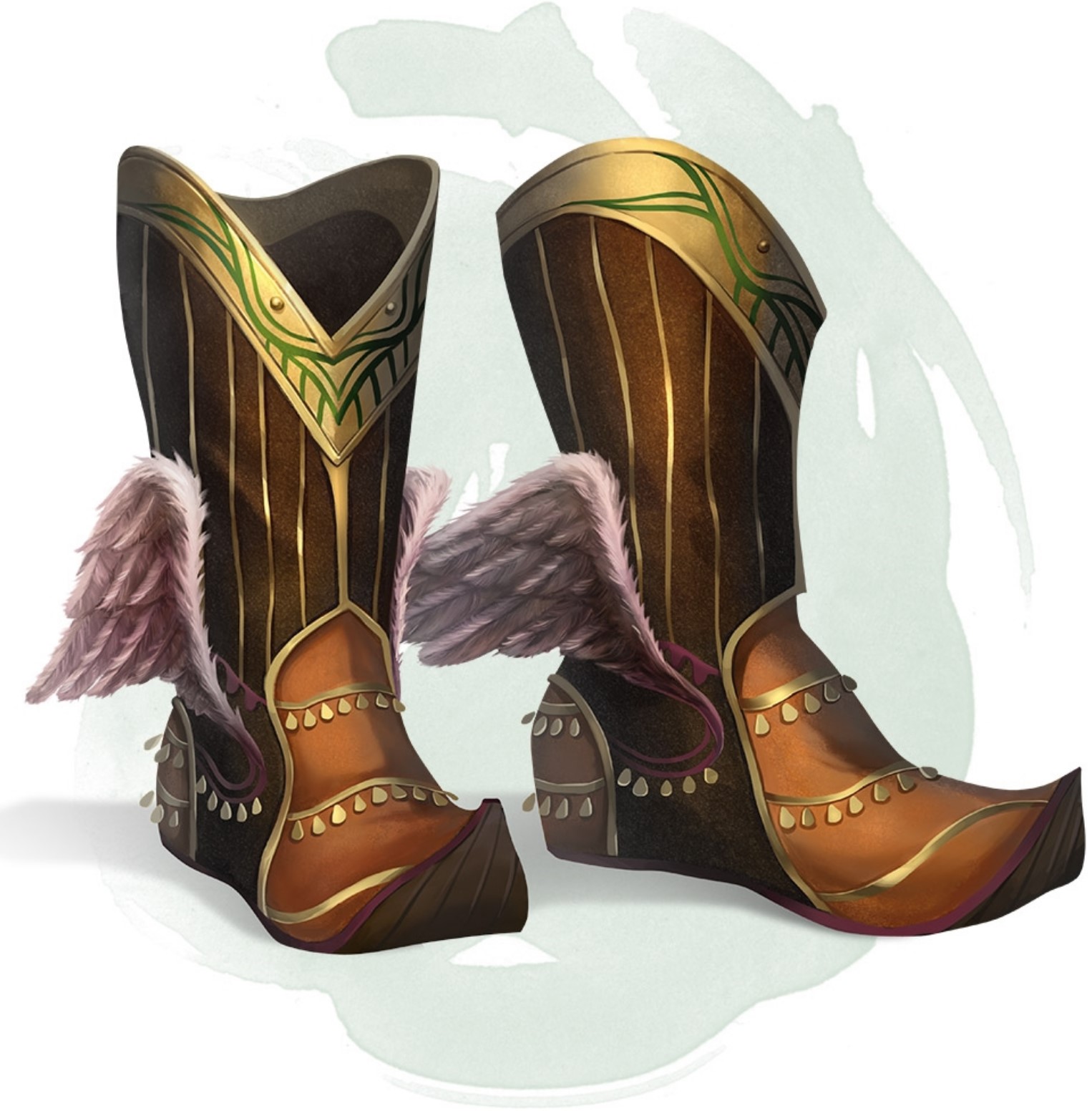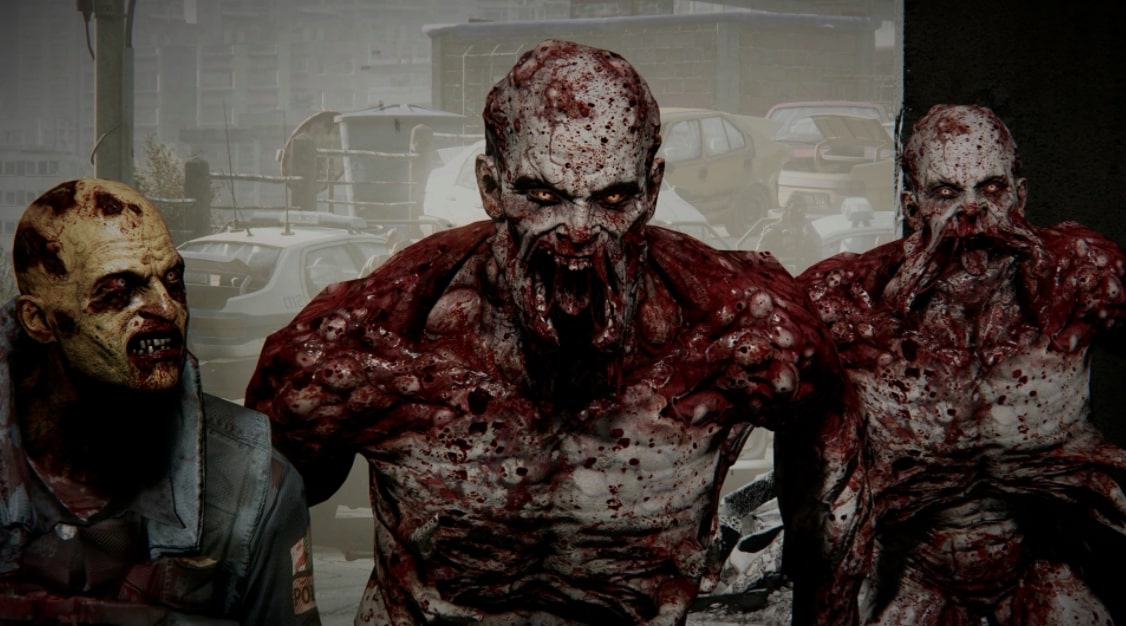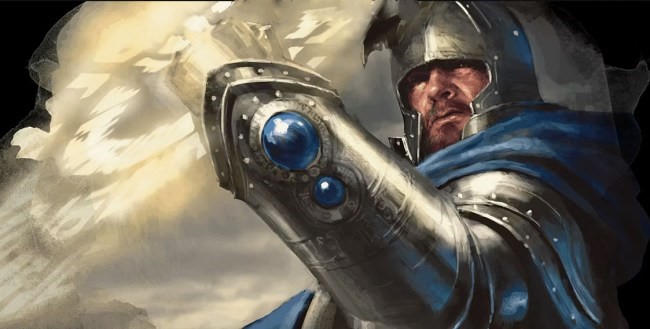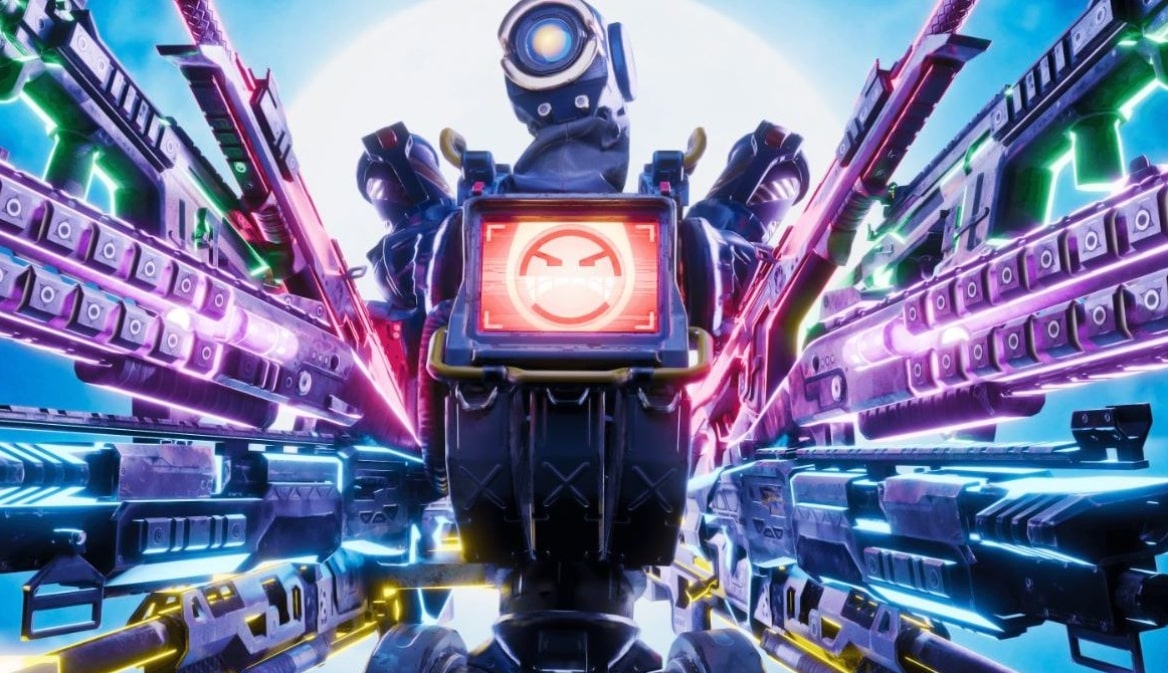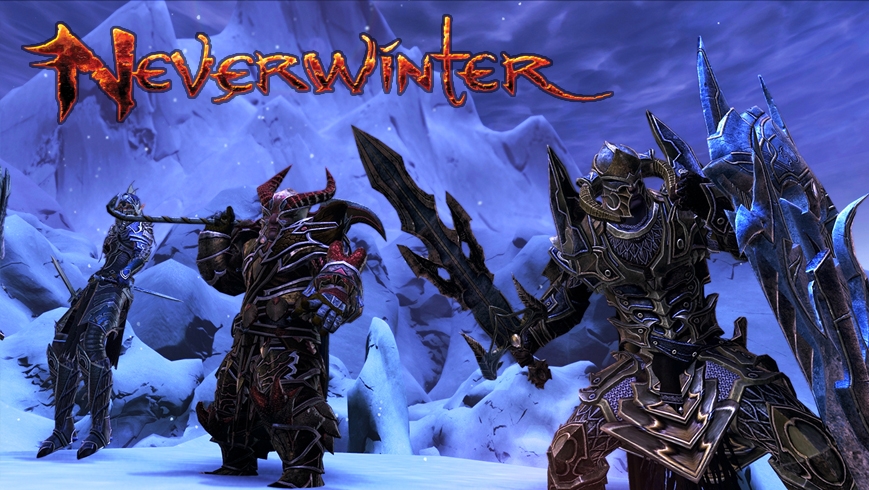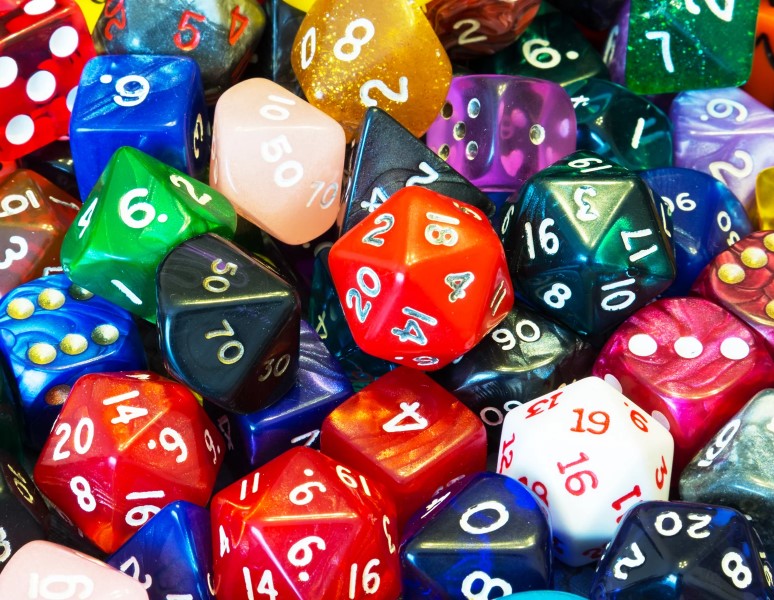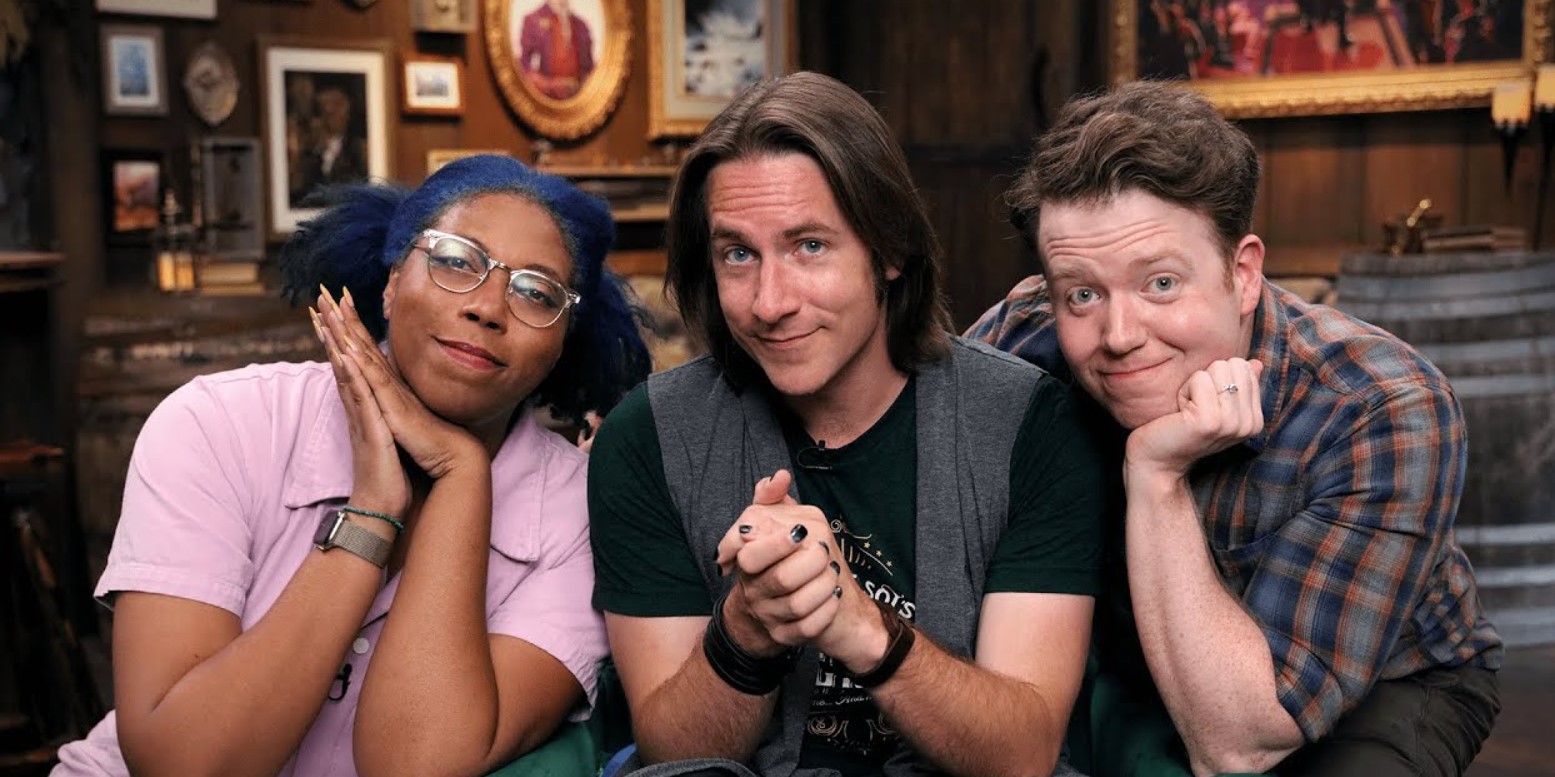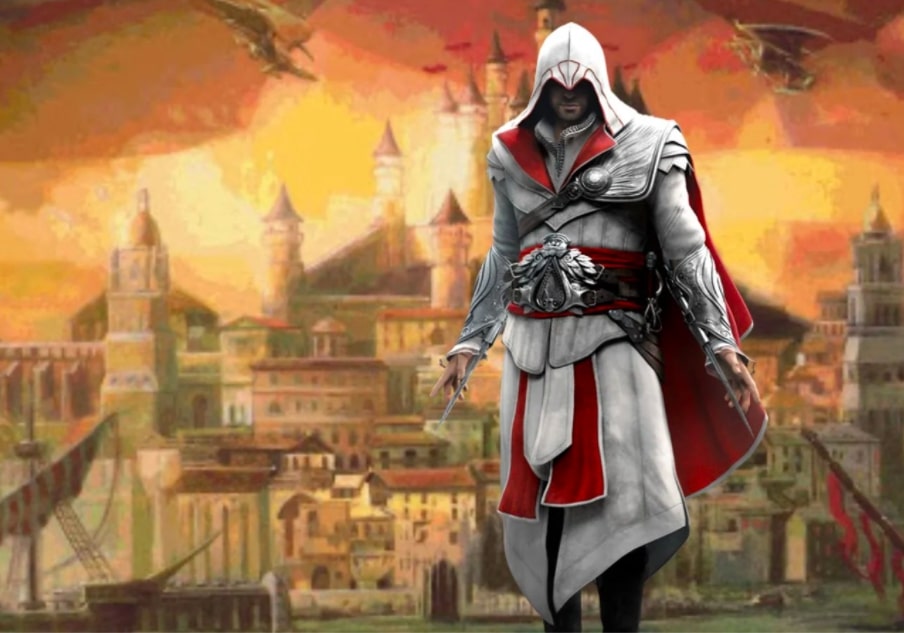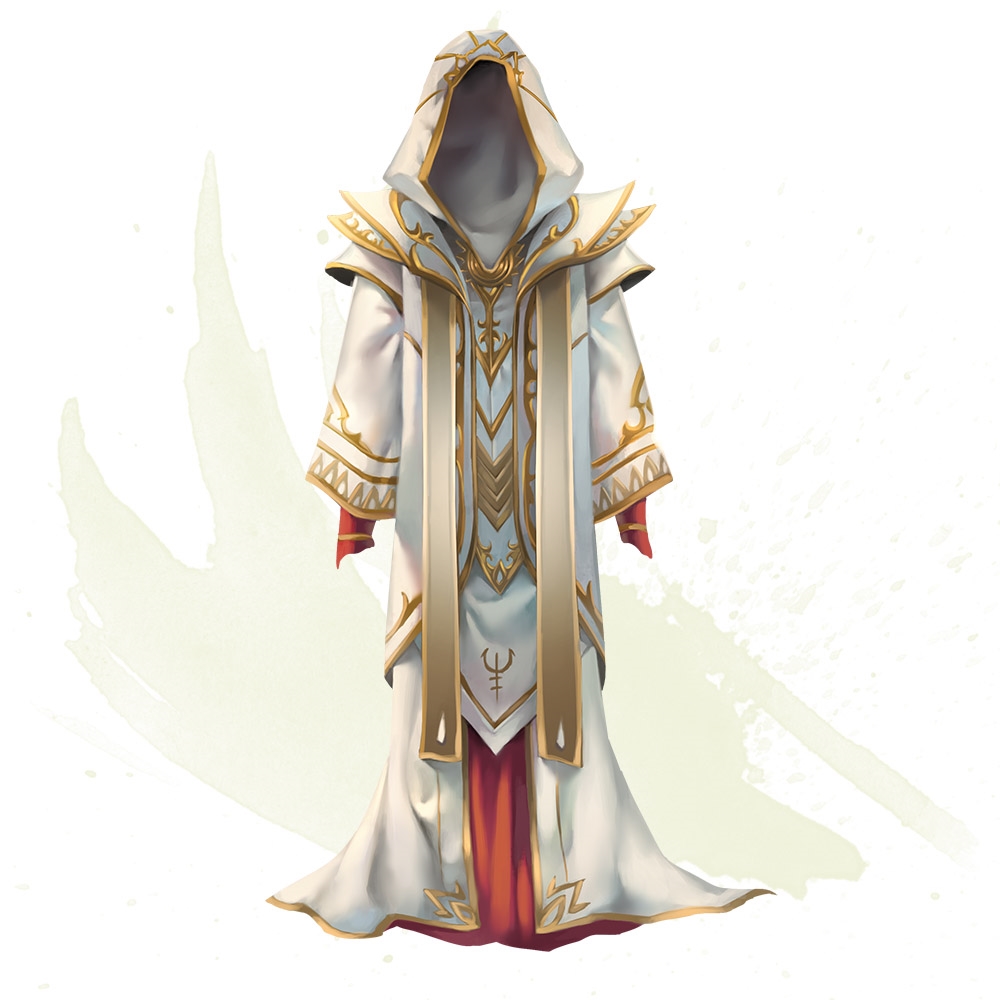
Pathfinder and Dungeons & Dragons were once nearly identical, as the latter was spun off from the former. However, the game has evolved with the releases of Pathfinder 2nd Edition and Dungeons & Dragons 5th Edition, and there are some stark differences. Some of these have always been part of the two games, but there are a few new ones too.
10. The Setting

Regardless of version, Dungeons & Dragons has only one default setting: medieval fantasy. There are companion books like Ravenloft that add to the setting. However, those cost money.
Pathfinder has more variety in terms of its setting. Taldor is the traditional medieval setting. If you want science fantasy, set an adventure in Numeria, where a bunch of space things crashed and affected the area's people and monsters. If you're going to have a game with some Eastern trappings, set the tale in Tien-Sha. All without purchasing a bunch of new books for every setting.
That being said, Dungeons & Dragons has the advantage in terms of playable races. To wit: If you can name an animal, there’s probably a race for it in D&D. While Pathfinder has guidelines for creating races, you can’t use created races for organized play. If you want racial options, you should go for D&D.
9. The Monsters
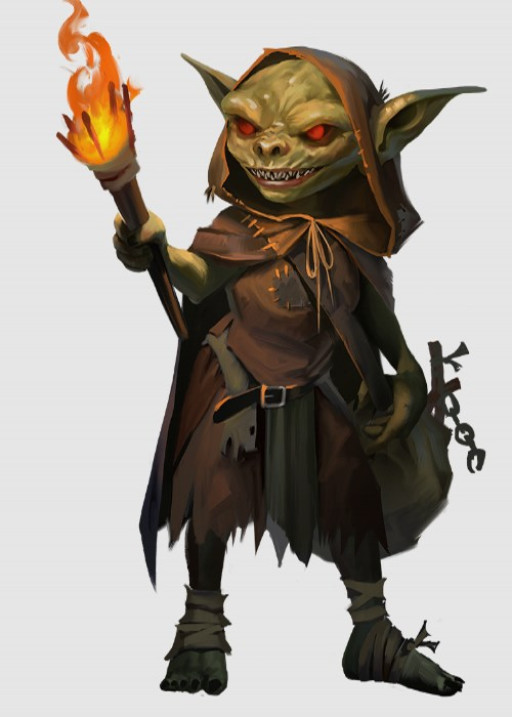
Pathfinder has a wider range of monsters due to the greater variety of settings. You can bungle your way into fighting futuristic machines as easily as orcs. Having a greater variety of monsters gives you more flexibility as a GM.
The monsters in Pathfinder are also better. In D&D, a lot of them are damage sponges whose main ability is requiring extra turns to kill. Or there are a lot of them at the same time. In Pathfinder, even low-level monsters have some special abilities that you’ll have to work around. Maybe they have an ability that lets them resist magic, for example. It makes the fights more interesting.
8. The Amount of Published Material
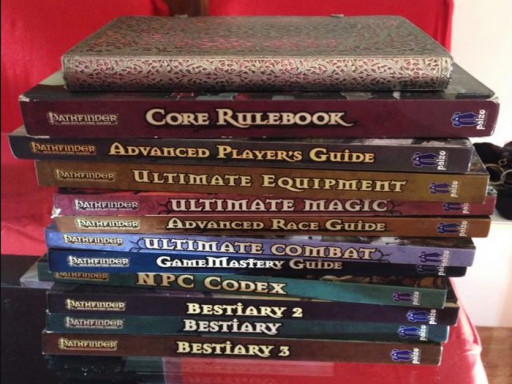
One of the things that set the two systems apart is the amount of material published. There are lots of adventures, mods, new equipment, spells, etc. published for Pathfinder. D&D has only had a few things published since 2014. A lot of this may come down to the fact that a lot of players prefer that people write their own adventures. This can and has been fun for a lot of people, including me.
But for a lot of game masters, writing an entire adventure by themselves is a taxing experience. Especially when the tastes at the table are so diverse. Having a bunch of pre-written adventures makes things a lot easier. Creating your own story in Pathfinder is still an option, but it’s always nice to have a bunch of pre-written adventures too.
7. Ease of Character Creation
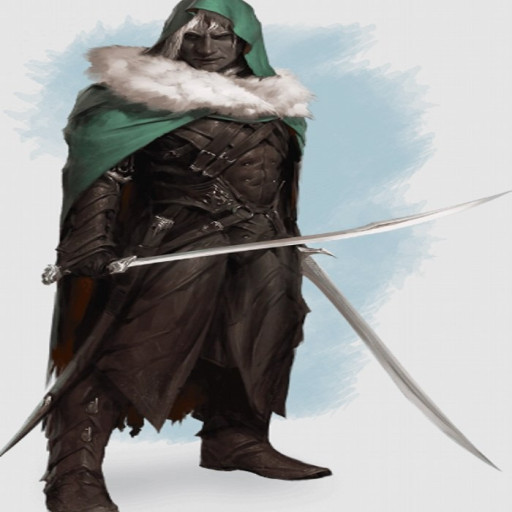
One thing that D&D has over Pathfinder is that character creation is quicker. There are a lot of numbers and variables on a Pathfinder character sheet. It can be mentally taxing, especially if you don’t have an electronic character sheet program like HeroLab. You have to choose stats, race, racial abilities, class abilities, feats, what skills to train, spells, and a lot of other stuff. A lot of people, especially power gamers like myself, love this. But if you’re new, everything I just said sounds like gibberish.
For D&D, there are a lot fewer decision points. Most people already have an idea of what they want to make. All they have to do is plug in some numbers. There are also a lot fewer feats in D&D. You can choose a feat instead of a stat boost. Your mileage may vary at that last point, but overall, it is easier for new players. Particularly if you’re adding D&D to a family game night.
6. Flexibility

Each game has a different degree of flexibility. D&D’s rules are a bit vaguer to give the GMs and players more flexibility. On the one hand, this does allow for more role-play, more flexibility in combat (like using the environment in an attack), and more improvisation. Allowing for more improvisation can be good, but there can be trade-offs. Everyone who has played a tabletop game has had the irritating experience of the rules lawyer and the GM arguing over minor technicalities in the rules for 20 minutes.
With the Pathfinder system, the rules are a lot more clear. Almost every possible scenario in combat has a rule and a number attached to it. That means less time arguing. Though a GM may have to have a player look up a rule on their computer. And it can take a little bit of role-playing out of the equation.
5. Advantage/Disadvantage
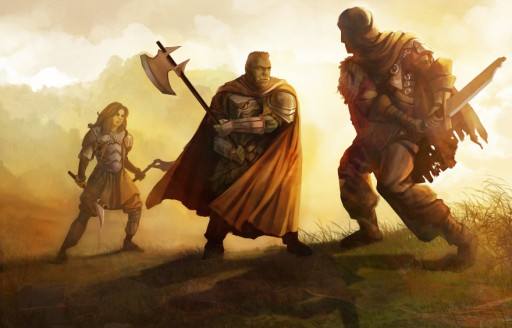
One thing D&D uses is the advantage/disadvantage system. Let’s say you’re fighting an enemy that is flanked by a party member. You would have the advantage, roll two dice, and take the better result. If you were being flanked, you’d roll two dice and take the worst result because you were at a disadvantage. There are lots of factors (in combat and skill checks) where advantage and disadvantage applies. There’s a lot of GM discretion here. This does have the effect of making players and GMs more active in observing the environment.
However, this can lead to rules arguments. Pathfinder simplifies this by spelling out what gives advantages and gives the advantages a precise number. This leads to a little less roleplay but it does make things quicker.
4. Degrees of Success
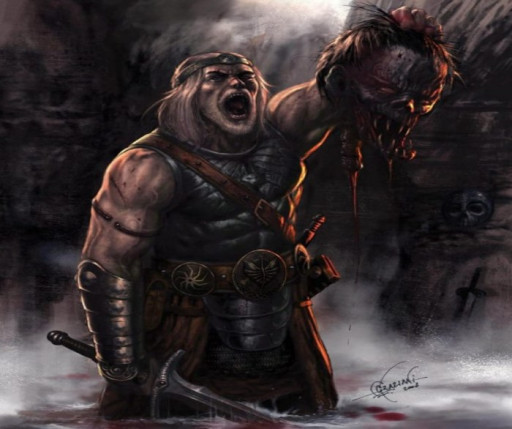
One thing Pathfinder 2nd Edition introduces is a "degrees of success" system. A lot of house rules have had this system but the game officially codified it. There are four degrees: Success, critical success, failure, and critical failure. "Success" is when you succeed at a roll. A critical success is when you succeed by 10 or more. On the other hand, the same applies to failure.
D&D still relies on the old-style natural 20 system. While convenient, it doesn’t make abilities that rely on critical hits worth choosing. Whereas the degrees of success system makes critical hit feats more viable.
3. Organized Play
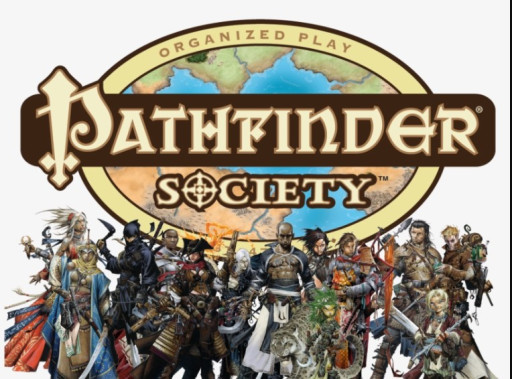
Organized play is officially sanctioned by the companies that make both games. Typically, they’re played in public places like card shops. The character sheets are portable. You can take your character sheets to any game shop or convention.
While both games have organized play, Pathfinder’s is more robust because there’s so much more material. It’ll be hard to run out of things to do. Particularly now that Paizo is remaking some of their first-edition adventure paths.
That said, D&D has a larger player base. Because character creation is easier, it’ll be easier to start a group, meet new groups, join a group, etc. And since the new versions of the games are radically different, there’s no guarantee you can convince a group to make a switch.
2. Attacks of Opportunity
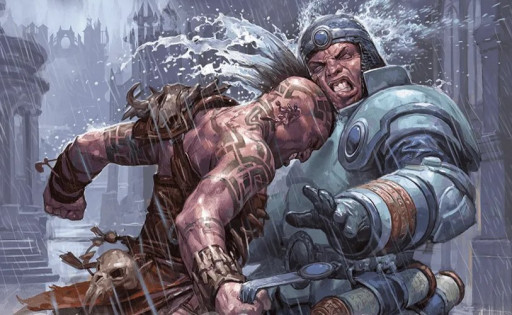
Pathfinder 2nd Edition has made a radical change to its combat. It cut back on attacks of opportunity. Previously, if anyone walked within reach of their enemy, their enemy would get an attack of opportunity (unless they made an acrobatics check). What you ended up with was the field being static as everyone tried to avoid the attacks. Now, only a few classes and monsters can use attacks of opportunity.
This encourages more movement and more strategizing on the fly. This can also encourage more creative solutions. To wit: If a GM has a scenario where the main objective is to grab an object and run, doing this is a lot more feasible without protracted combat.
1. Action Economy
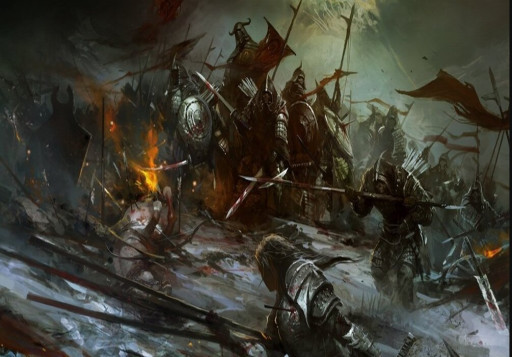
The most radical difference between the two is the action economy. Action economy is a term that means how many actions, such as movement, attacks, casting spells, etc. characters get in a single round. D&D has largely kept its action economy the same, but Pathfinder underwent a radical retooling.
In the new Pathfinder, your character gets three actions. Some things, like spells, take multiple actions. This adds more fluidity to the combat. Before, if you wanted to execute multiple attacks, you couldn’t move. As a fighter, your strategy was to run up and engage the enemy in as many full-round attacks as possible. You can still do that, but many classes like monks and rogues benefit from hit-and-run tactics. Magic classes, no longer bound by attacks of opportunity, can move away from a monster and launch a spell.
Speaking of spells, the three-action system balances melee and magic classes better at higher levels. I have played many melee classes. At high levels, you get a lot of attacks. It's possible for a high-level fighter to bring down a boss monster in one turn, or at least come close. The new system gives everyone a chance to contribute.
You may also be interested in:
- Top 10 Games Like Pathfinder Kingmaker (Games Better Than Pathfinder Kingmaker)
- Pathfinder Kingmaker Best General - Who To Choose?
- [Top 10] Pathfinder Kingmaker Best Weapons That Are Powerful (And How To Get Them)
- Pathfinder Kingmaker Best Advisors - Who To Choose?
- [Top 5] Pathfinder Kingmaker Best Beginner Classes That Are Strong

